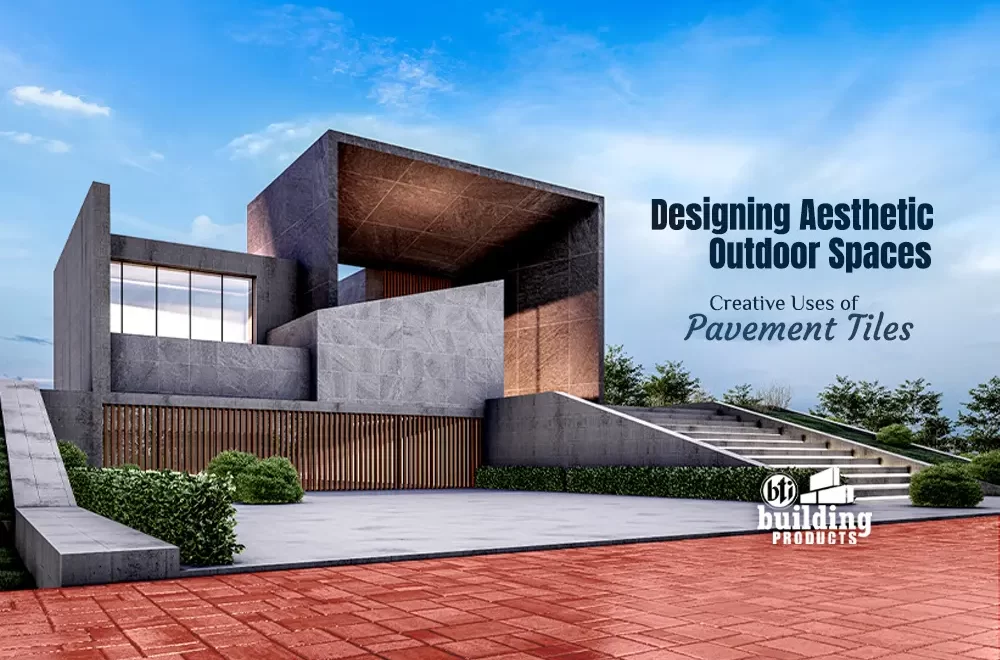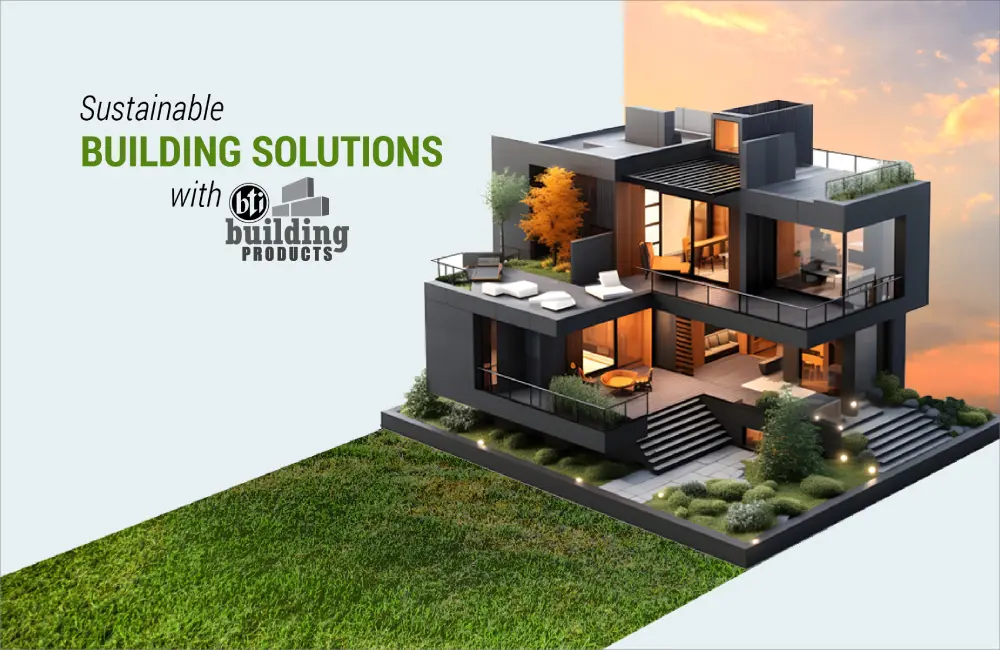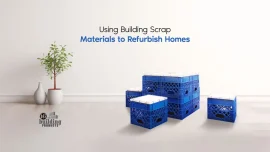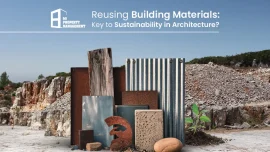Designing Aesthetic Outdoor Spaces: Creative Uses of Pavement Tiles
When we invest money in our own apartment, it is expected that we will spend a substantial amount of time choosing outdoor paving; especially since we dedicate a lot of time choosing the interiors of our home. However, selecting outdoor paving can be a daunting task, since there are so many designs available to choose from, it can be tricky to know where to start.
There are several things that need to be taken into consideration before incorporating pavement tiles into the creation of an aesthetic outdoor space. First, you need to choose a tile that is suitable for all different kinds of weather, be it rain, heat or cold. The colour and size of tiles must also be decided upon. If you use bti building products’ pavement tiles and Unipavers, you can customise the size, shape and even the colour of your tiles.
Thematically, it is a good idea to match the colour theme of your landscaping to that of your pavement tiles. Your pavement tiles should also match the rest of your interior. This will help all of your decor to have a smooth flow.
- 1. Locally sourced= environment-friendly option
Locally sourced pavement tiles are not only cost-efficient, but also often have environmentally friendly options like ceramic, slate or sandstone. If possible, buy from somebody who ethically sources their products.
- Intersperse your pavement with greenery where possible
Adding planting to your hard landscaping scheme is a great way to demonstrate a greener approach to garden design. This will allow you to plot a more naturalistic look whilst offering an additional layer of colour and texture. You could space out your pavers to create a stepping stone effect, with small plants nestled in the gaps of the paving.
- Keeping it neat
For a simple splash of colour that adds style to your outdoor space, run a strip of greenery (long planting boxes with succulents or flowering shrubs could work) for a gorgeous accent.
For a more orderly and unmistakably modern look, create a simple strip of greenery that runs across your patio.
- Use beige tones to add warmth
If your home is decorated with natural wood and cane furniture, you could use beige or cream coloured pavement tiles for your outdoor area. It will complete the look of your interiors, as well as adding warmth to the outdoor area.
- Create a decorative design
Use different coloured pavement tiles in a chequered style to create a decorative design. You can even choose colours that complement the rest of your interiors to give your home a polished look. If you want a more subtle pattern that does not overpower the rest of your home, you can go for a slightly monochromatic look. Darker tiles could give your outdoor space a more contemporary feel.
- Use Unipavers to create an interlocking design
Unipavers can be customised, so you could choose larger ones in contrasting colours to create a unique, eye-catching pattern that makes your outdoor area more fresh and modern.
Similarly, if you want to divide your outdoor space into different zones, say one for entertaining and the other for relaxing in seclusion, you can colour-code each of the areas to make it easier for people to locate each space.
- Fill in the gaps with gravel
To create a pathway that is interesting and break the monotony of plain tiles, leave larger gaps between the tiles, filling in the gaps between them with a mix of gravel or small, light-coloured stones. It will give your outdoor space an ultra-modern look to give the tiles an edge, or to signify a pathway from the indoors leading to your outdoor space.
- Mixing materials for a bespoke look
For those of you that are looking for an individualistic look, you can choose to mix different patterns and styles of pavement tiles for a look that is very you. You could ask your landscaper/ architect to bring samples so that you can make sure the pattern suits your idea and looks attractive. You could also just choose to limit the pattern to one section if you are curious about a patterned outdoor area, but do not want to commit to an entirely patterned space.
- Get creative with paint
If you want to add a rustic look to your outdoor space, you could try out painting your pavement tiles. You could first put on a white base, then add random splatters of different colours for an aesthetically pleasing outdoor space. Add water sealing paint over the tiles to protect it from the elements.
There are multiple methods of creating an aesthetic outdoor area using pavement tiles. Consult your architect or landscaper to come up with a fresh new perspective to give your home an edge over the others.






